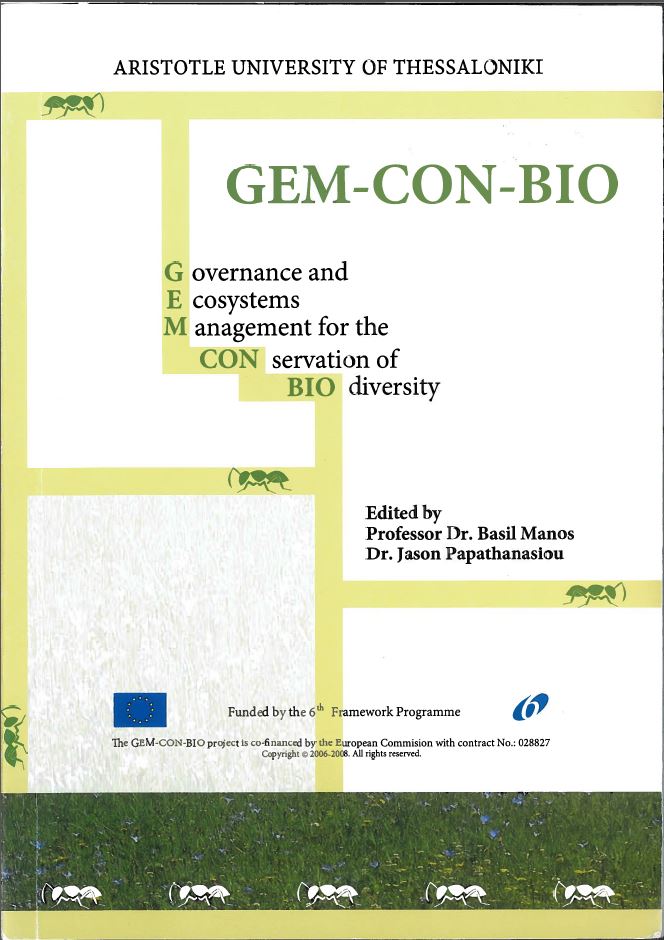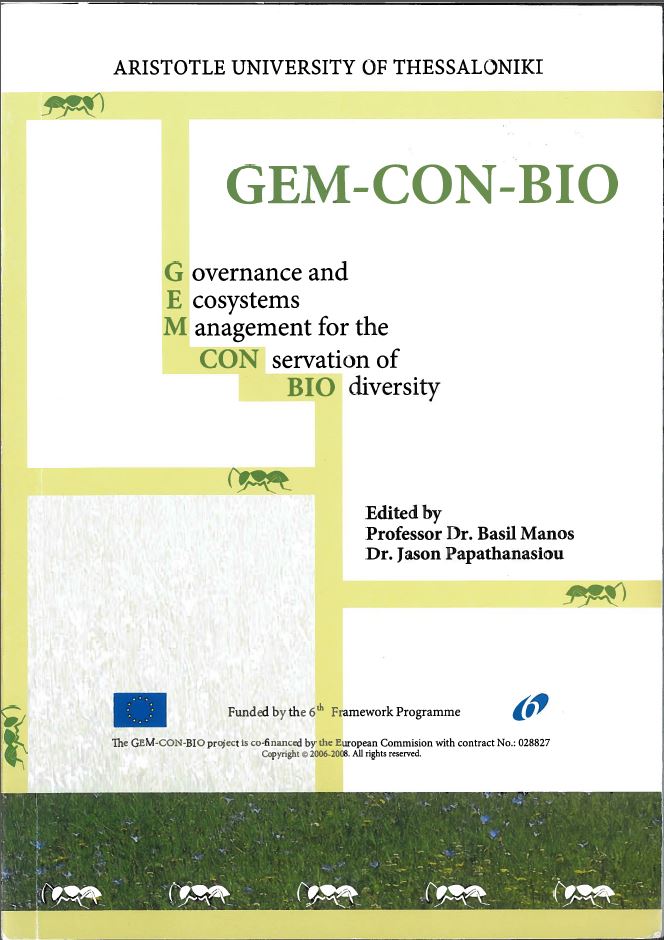Governance and Ecosystems Management for the Conservation of Biodiversity (GEM-CON-BIO)
- Project
- Research Program
- Duration
-
-
GEM-CON-BIO aims to explore the interactions between governance modes and sustainable development objectives in particular biodiversity conservation. The objective is to identify through case studies, what type of governance processes and institutions can best contribute to the conservation of biodiversity. Best practice guidelines will be developed and disseminated to those involved in the formulation, implementation, monitoring and evaluation of policies.
Ecosystem management is a particular approach to management which concentrates on maintaining the sustainability of ecosystems and the goods and services they provide and preserving them for the next generation. It should be a flexible approach which recognises the biological diversity, structural complexity and variability of a natural system. It also recognises the role of people as a component of ecosystems and includes biological, social and economic goals from the local to national scale with the participation of a variety of stakeholders. It should employ a wide range of strategies and policy tools and include a natural and social science approach.
This project investigates different modes of governance, which are then linked to the methods of managing ecosystems. Finally, conclusions are drawn as to how successful these are in conserving biodiversity and what would render them more appropriate for a particular ecosystem. Case studies should help to determine, what governance modes best achieve sustainable development objectives. A governance matrix will be developed, linking governance types and critical ecosystem management characteristics. Based on the results GEM-CON-BIO will compile a policy guidance document, which is aimed particularly at EU policy makers.
The project has the following specific objectives:
- Identify existing governance types and their modes and processes in relation to conservation of biodiversity; discuss its findings in a workshop with experts in the field.
- Identify critical ecosystem management characteristics; discuss findings in a workshop with experts in the field.
- Develop a governance matrix linking governance types and critical ecosystem management characteristics.
- Identify and conduct research on a set of case studies (10-15 case studies) to show how different governance approaches can be exercised in different ecosystems, using the governance matrix developed above.
- Compare the “success” and “failure” of different approaches in Europe as to whether good governance practices lead to better outcomes.
- Draw lessons from the US experience, especially in the context of market-based instruments for conservation.
- Develop best practice guidelines that could be transferred to a wider context.
- Codify recommendations in a policy guidance document aimed at policy makers and officials at all levels (local, national, regional, European).
- Establish and operate a science – policy interface with the active participation of all stakeholders since the beginning of the project, culminating in a conference and workshop at the end of the project, to guide, discuss and evaluate the applicability of the policy guidelines.
- Develop the tools to disseminate the acquired knowledge at all levels, i.e. from governments and policy makers through to local people.





